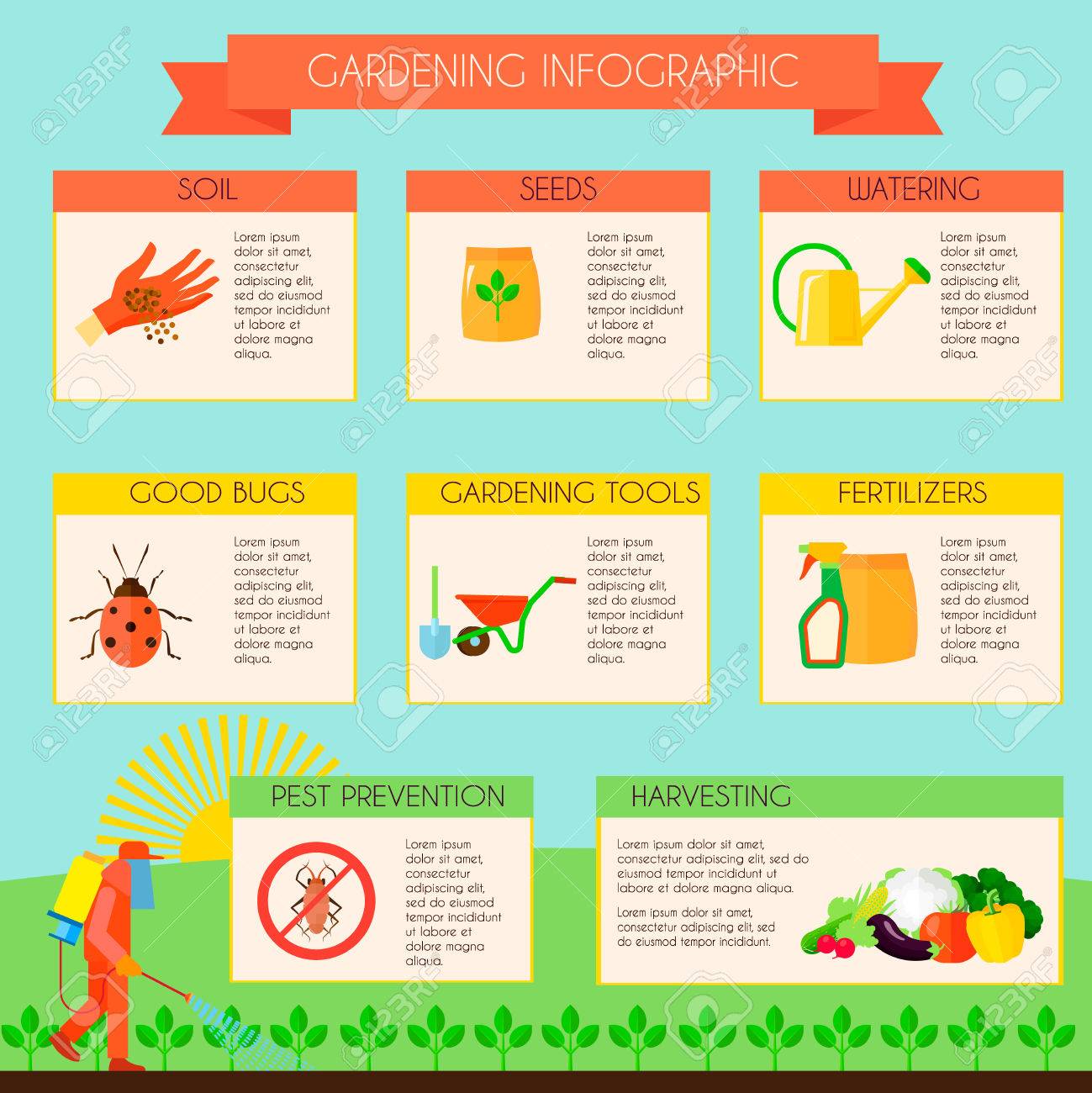Browsing The World Of Bed Bugs: Insights From Bug Management Professionals
Browsing The World Of Bed Bugs: Insights From Bug Management Professionals
Blog Article
Write-Up Writer-Rush Henningsen
Like a silent intrusion, bed bugs can slip into your home, concealing in the darkness and waiting for the ideal minute to strike. Understanding whitefly chemical control is vital in taking care of these ruthless parasites, and that better to turn to for guidance than the specialists themselves?
In this conversation, you will discover the secrets of the egg stage, the fairy phase, and the grown-up phase of bed pests, unraveling the mysteries behind their resilience and persistence. Dental braces on your own, since what you're about to discover will certainly leave you doubting every little itch and bite.
The Egg Stage
Throughout the egg stage, bed bugs remain in their earliest kind, ready to hatch and begin their life cycle. These small eggs are usually stocked splits and crevices near the bed insect's feeding area, such as joints of mattresses or furniture. The women bed bug can lay up to five eggs daily, which adds up to hundreds in her lifetime.
The eggs are oval-shaped and concerning 1mm in length, making them hardly visible to the naked eye. They have a sticky layer that helps them abide by surface areas and stay in position. The egg stage lasts regarding one to two weeks, depending on the temperature level and various other ecological elements.
When the eggs hatch out, the fairies emerge, starting their journey towards adulthood.
The Nymph Stage
As the eggs hatch out, the newly arised fairies embark on their journey towards their adult years, noting the beginning of the nymph stage in the life cycle of bed bugs. This phase is critical for their advancement, and comprehending its attributes can assist in handling these insects successfully.
Below are three important things to understand about the nymph stage:
1. Size and Look: pest control near me for mice are small, measuring only around 1.5 mm in size. They're clear, but after feeding, their bodies turn reddish-brown. As they grow, they dropped their exoskeletons, leaving molted skins.
2. Feeding Habits: Like grown-up bed insects, fairies prey on blood. They need to feed multiple times to molt and progress to the next phase. Fairies normally feed on people or animals while they rest, leaving scratchy bites.
3. Growth and Recreation: Fairies undergo 5 instars prior to maturating. Each instar calls for a blood dish for development. Once they come to be adults, they can duplicate and continue the bed bug life process.
Understanding the nymph stage is essential for reliable bed bug control. By targeting the nymphs throughout this at risk phase, you can prevent their progression in the direction of the adult years and stop their infestation.
The Adult Phase
After finishing their advancement as nymphs, bed insects get in the grown-up phase. At best flea removal for home , grown-up bed bugs are around 4-5 mm in size and have a flat, oval-shaped body that is reddish-brown in color. They have 6 legs, antennae, and a tiny head. Grown-up bed bugs are completely capable of recreating and continuing their problem. They feed upon blood, ideally human blood, and can survive without a dish for several months. They are mostly energetic in the evening and often tend to conceal in cracks, holes, and furniture during the day.
Grown-up female bed insects can lay up to 5 eggs each day. These eggs hatch out right into fairies in concerning a week. Recognizing the behavior and life process of grown-up bed bugs is important in effectively removing and preventing invasions.
Verdict
Now that you comprehend the life cycle of bed insects, you hold the power to shield your home.
Think of a calm evening's sleep, devoid of the torture of these tiny parasites.
By acknowledging the signs and taking instant action, you can avoid problems and ensure the well-being of your liked ones.
Do not allow these tricky pests attack your shelter.
Stay alert, remain educated, and rest limited understanding you're in control.
